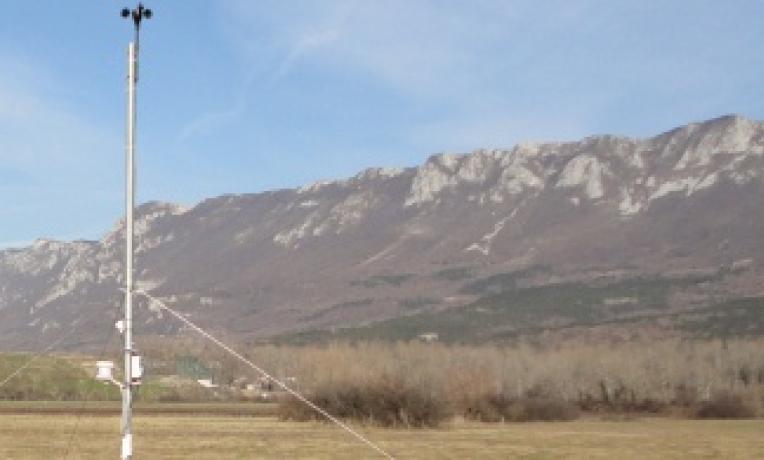A better chance of predicting weather
For years, meteorologists have been tracking the course of hurricanes or tropical storms, more generally known by their nicknames Katrina, Sandy or Mitch. Dr. Nedjeljka Zagar who has worked several years for the Croatian national weather service, has joined the University of Ljubljana in Slovenia, where she received an ERC Starting grant in 2011. In her project, she studies some of the reasons behind the uncertainty of weather analyses and forecasts.

“Much of the time, the atmosphere is in a nearly balanced state”, she says. “In other words, it means that the atmosphere (the mass fields and the wind fields) continuously works against solar and other forces, to adjust to a balanced state”.
In the tropics, this balance can hardly be maintained, due to what she calls “inertio-gravity motions” which are significant dynamics that occur in a vertical position. In mid-latitudes (for example, Europe), the atmospheric circulation is generally more linear and described by a theory which builds on ‘Rossby’ type of motions that are nearly balanced. This theory borrows its name from the Swedish-US meteorologist who first used the fluid mechanics in the late 1930s to explain atmospheric waves that occur in high-altitude winds and have a major influence on weather. In her project, Dr. Zagar studies the global atmospheric balance by integrating the “inertio-gravity motion” into her representation of energy distribution (between ‘inertio-gravity’ and ‘Rossby’ type of motions).
“My research is innovative as it revisits the way atmospheric temperature and wind data is analysed ”, she adds. “I have hopes to establish this method (i.e. modal analysis) for diagnosing climate models. For the use of this approach, I collaborate with colleagues in Japan and the US”. Although a vast amount of satellite data is now being made available, Dr. Zagar explains that the current observations of the atmosphere are not sufficient, alone, to understand weather and climate variability. When historical observations are combined with modeling, they tell us more about the variability on a multi-decadal scale. In addition, these datasets and their use in models prove beneficial for planning economic activities such as the development of wind-energy power plants across the globe.
Despite the increasing computing power which now allows climate simulation at a point never reached before and the joint efforts within many international research projects to better understand the fundamental atmospheric processes for weather and climate prediction, Dr. Zagar believes meteorologists still lack efficient tools. Her project, funded by the ERC for a total amount of € 500.000 for four years, will help her to develop and implement a software package for conducting her “modal analysis”. The research team (composed of two PhD students employed locally thanks to her grant and of several external collaborators) expects to provide new understanding of the atmospheric predictability and to verify some properties of climate models.
Talking about her ERC grant, Nedjeljka Zagar says: “The grant has been a crucial asset in my scientific career path. Although I can count on an international network of collaborators, the money I received from the ERC has helped me to hire members for my team, organize a workshop and stay in Europe. The grant is a positive incentive for furthering atmospheric research in Slovenia”. She added: “I am convinced that several economic sectors, closely dependent on climate, such as energy, agriculture, insurance or water will greatly benefit from interacting with the climate modeling community”.
Dr Nedjeljka Zagar was the first Slovenian researcher to be awarded an ERC grant in Slovenia. She received her BSc and MSc in physics/atmospheric physics from the Faculty of Sciences at the University of Zagreb and her PhD from the Department of Meteorology at the Stockholm University. She was awarded a post-doctoral fellowship by the Advanced Study Program at the US National Center for Atmospheric Research in Boulder, Colorado, where she worked on the large-scale dynamics and data assimilation.


